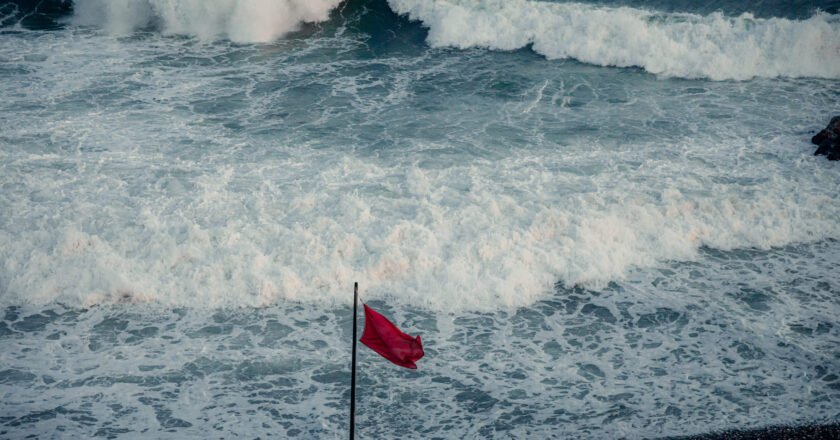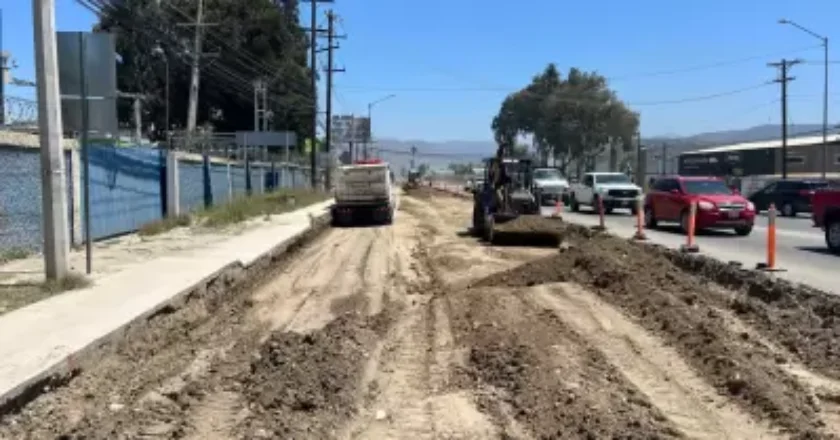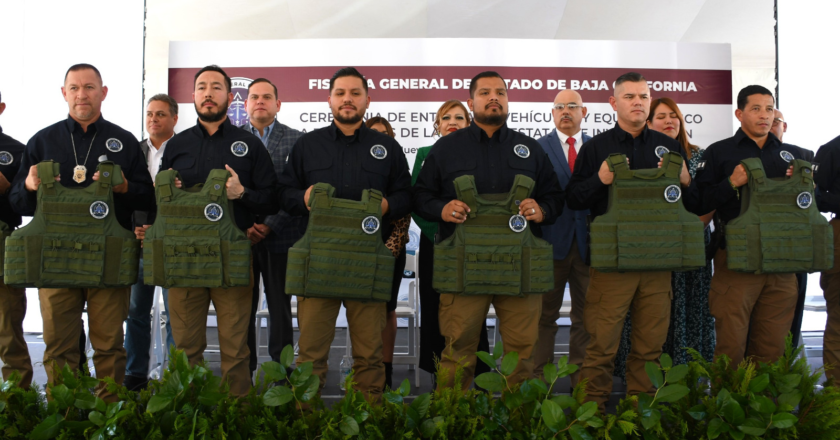Baja California México – July 29 and 30, 2025. A massive 8.7 magnitude earthquake off Russia’s east coast triggered tsunami alerts across the Pacific, including a Naval Tsunami Advisory (CAT‑SEMAR) for parts of Baja California. But here’s the real scoop: no evacuations, no panic—just a heads-up.
The advisory covers coastal areas from Ensenada down to Baja California Sur, including San Felipe, Playas de Rosarito, Tijuana, and San Quintín. According to CAT-SEMAR, wave heights are expected between 0.3 and 1.0 meters—that’s about knee-deep for most folks. It’s considered a sea surge, not a full-blown tsunami.
The U.S. National Weather Service also issued alerts for Hawai‘i and parts of Alaska, with Japan monitoring its Pacific coast. But again—no evacuations have been ordered anywhere in Mexico.
So, is this serious? Yes. Is it dangerous for Baja right now? Not likely. The Mexican Navy recommends staying off the beach, avoiding small boats, and watching for unusual sea activity between the afternoon and evening hours.
What Baja Residents Should Do
| Action Step | Why It Matters |
|---|---|
| Stay away from beaches and waterfronts | Even small surges can generate dangerous currents |
| Follow official updates only | Avoid panic from viral but inaccurate posts |
| Monitor port traffic announcements | Coordinated shifts may occur overnight |
| Be cautious of shipping or waves in harbors | Sudden sea movements could reach 1 m or more |
What This Means for Baja Locals
While headlines sound dramatic, Baja’s coastal towns are used to nature putting on a show. Local emergency services are monitoring the situation. There’s no disruption to transportation, and all border crossings remain open.
If you’re in San Felipe, Rosarito, or along the Ensenada coast, it’s a good time to skip your paddleboard session—but don’t cancel dinner plans. Just keep your eyes on updates from Protección Civil, CAT‑SEMAR, or X (formerly Twitter) accounts from Baja’s civil defense agencies.
And don’t worry, Estero Beach is still standing—but maybe order that margarita a bit further from the shore today.




